Bonjour, my fellow readers! Today, I’m diving into a chapter of history that forever changed France and the world: the French Revolution. From the storming of the Bastille to the fall of the monarchy, the revolution was a dramatic and transformative time that left its mark on Paris in profound ways. Whether you’re a history buff or simply curious about the city’s revolutionary past, let’s embark on a journey through one of the most pivotal periods in French history.
The Seeds of Revolution
By the late 18th century, France was facing financial turmoil, widespread inequality, and growing discontent among its people. The monarchy, led by King Louis XVI and Marie Antoinette, was seen as disconnected from the struggles of ordinary citizens. The call for change grew louder, and in 1789, the revolution began with a series of events that would shake the nation to its core.
Key Moments and Sites in Paris
1. The Storming of the Bastille (1789)
Perhaps the most iconic event of the revolution, the storming of the Bastille on July 14, 1789, marked the beginning of the people’s uprising. The Bastille, a symbol of royal tyranny, was stormed by revolutionaries seeking weapons and liberation. Today, you can visit the Place de la Bastille, where a monument stands to commemorate this historic event.
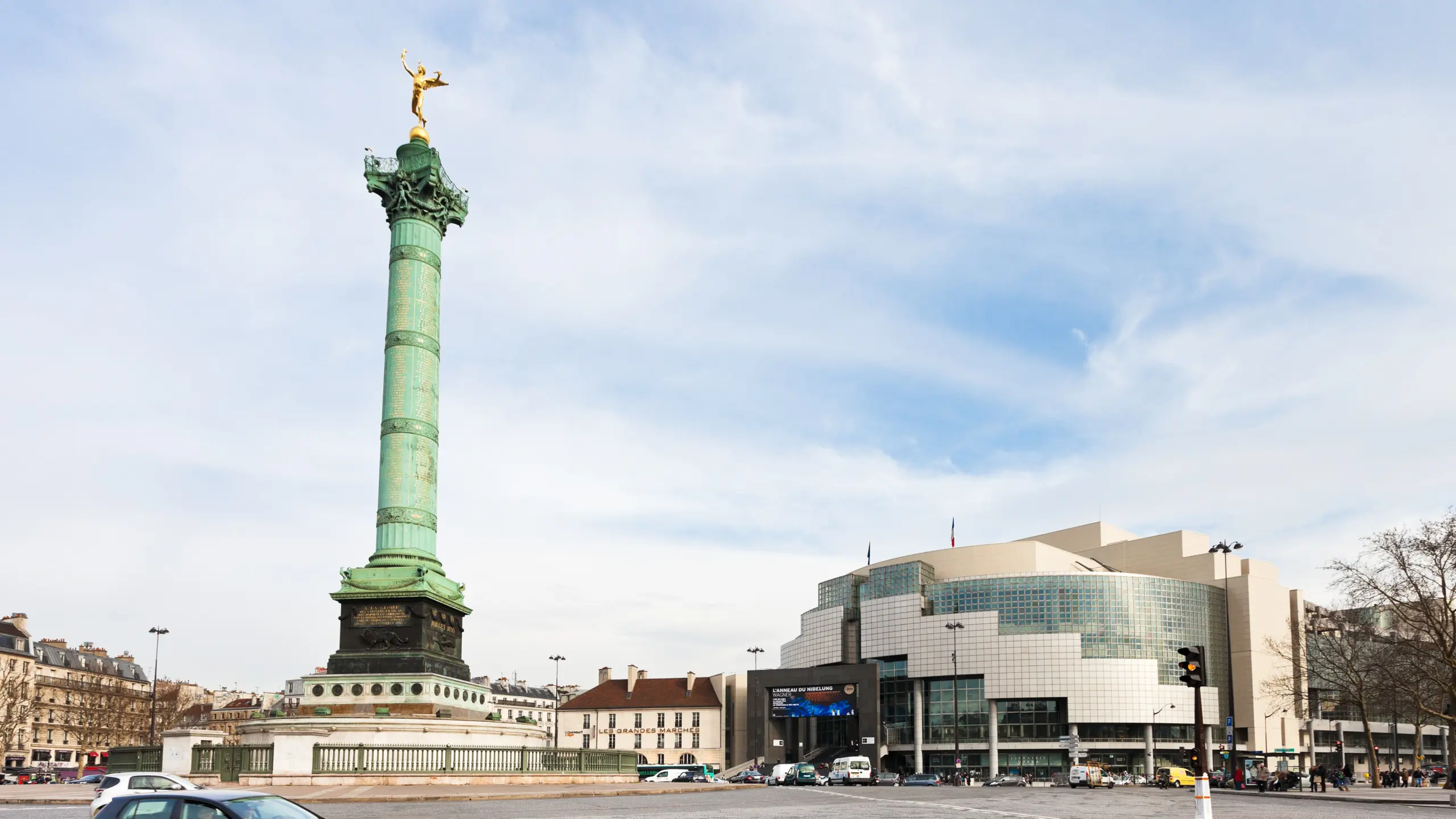
2. The Declaration of the Rights of Man and of the Citizen
One of the French Revolution’s key achievements was the drafting of the Declaration of the Rights of Man and of the Citizen, a document proclaiming liberty, equality, and fraternity as fundamental rights. This powerful manifesto laid the groundwork for modern human rights.
3. The Fall of the Monarchy and Place de la Concorde
The monarchy’s end came in 1793 when King Louis XVI and later Marie Antoinette were executed at Place de la Révolution, now known as Place de la Concorde. Standing in this grand square, it’s hard to imagine its grim past as the site of the guillotine. Today, it’s a beautiful space adorned with fountains and the Luxor Obelisk, offering a quieter reflection of its tumultuous history.
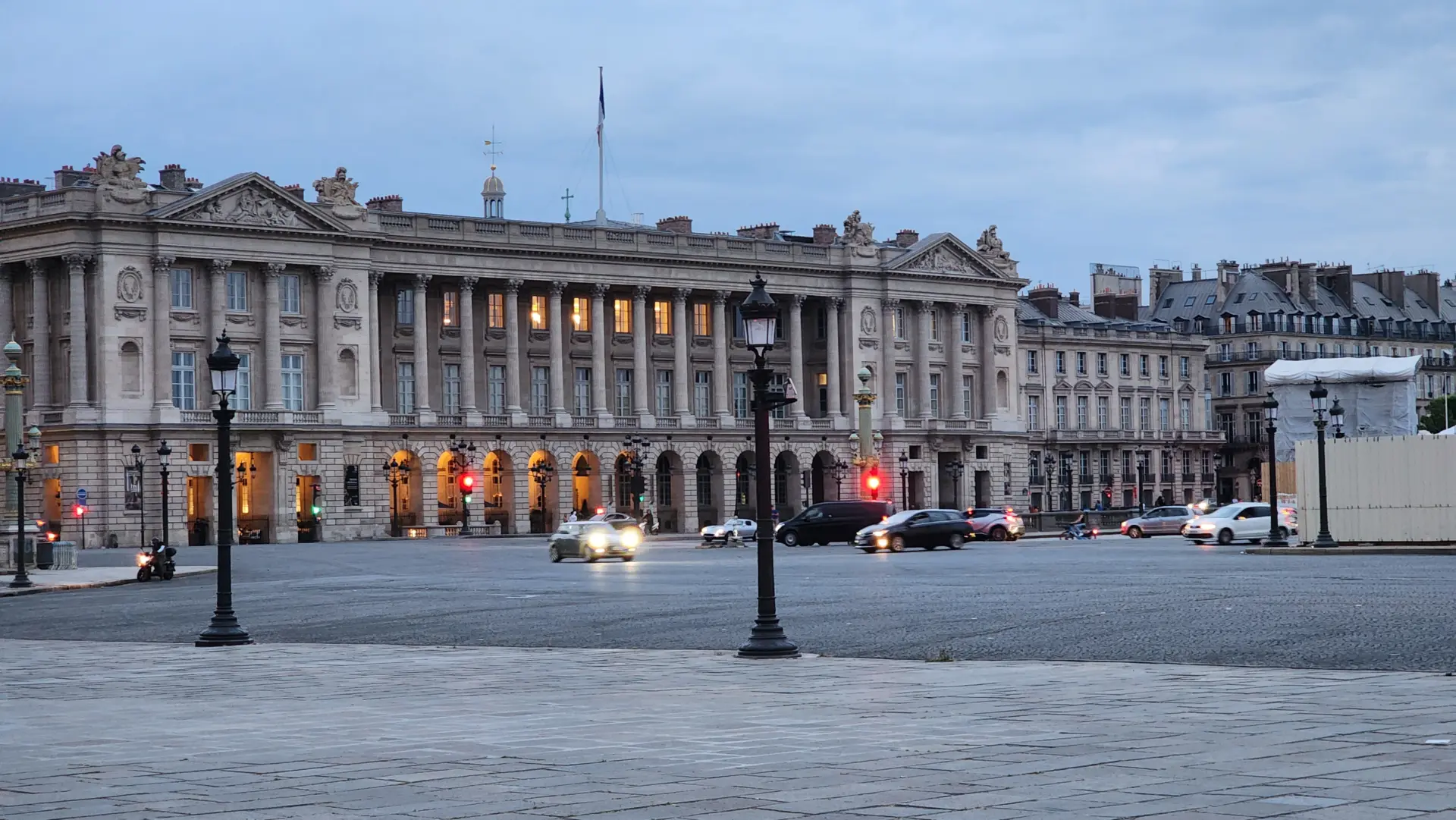
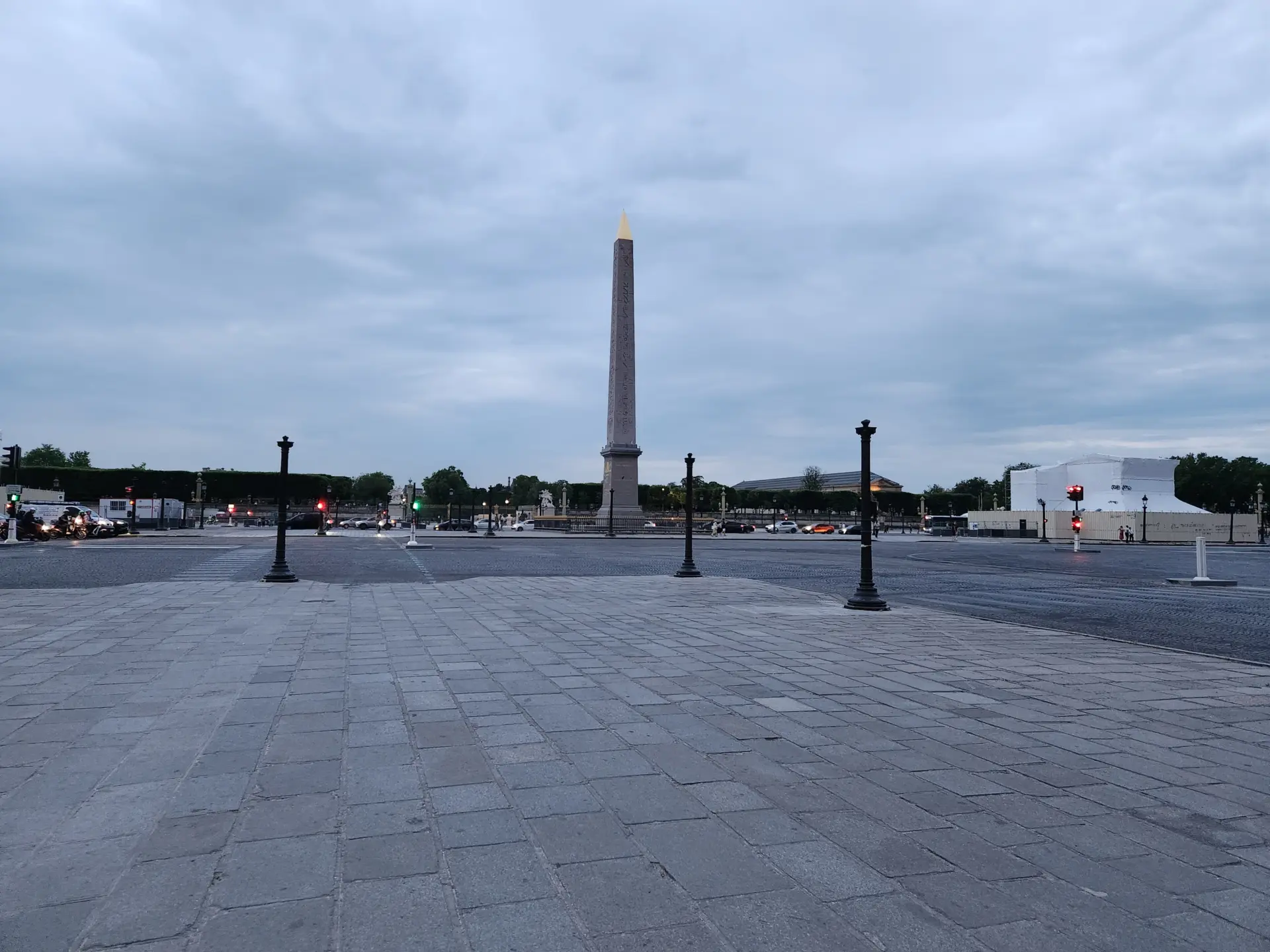
4. The Reign of Terror
The French Revolution wasn’t without its darker chapters. During the Reign of Terror, thousands, including prominent figures like Maximilien Robespierre, met their fate at the guillotine. The Conciergerie, once a royal palace, became a notorious prison where Marie Antoinette was held before her execution. Visiting the Conciergerie offers a sobering glimpse into this grim period.
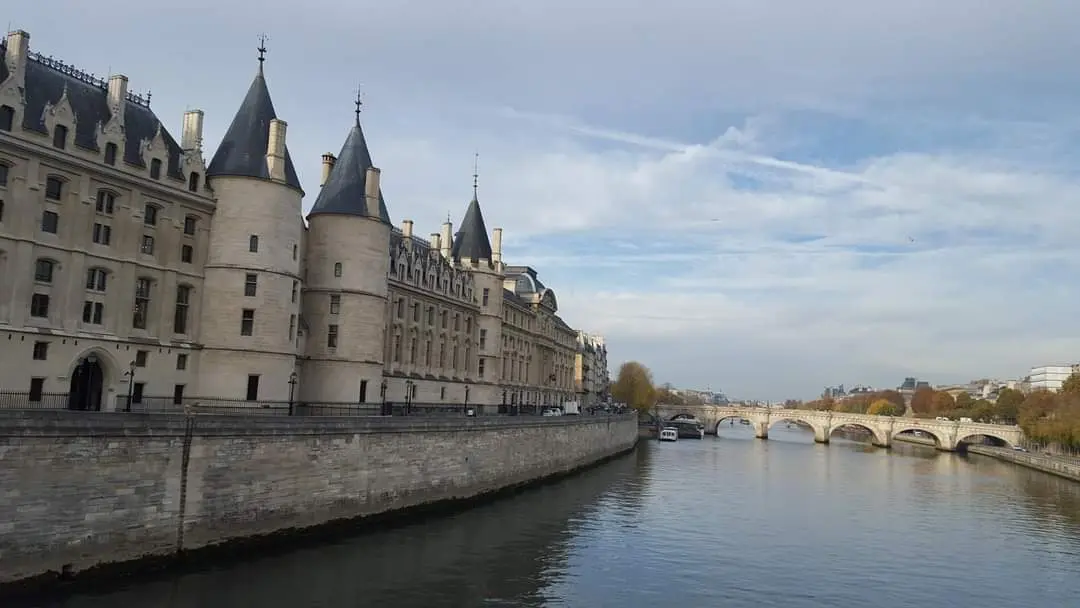
5. The Rise of Napoleon
The French Revolution paved the way for Napoleon Bonaparte, who rose to power and declared himself Emperor in 1804. His leadership brought stability after years of chaos, and his influence can still be seen throughout Paris, from the Arc de Triomphe to the Invalides, where he now rests.
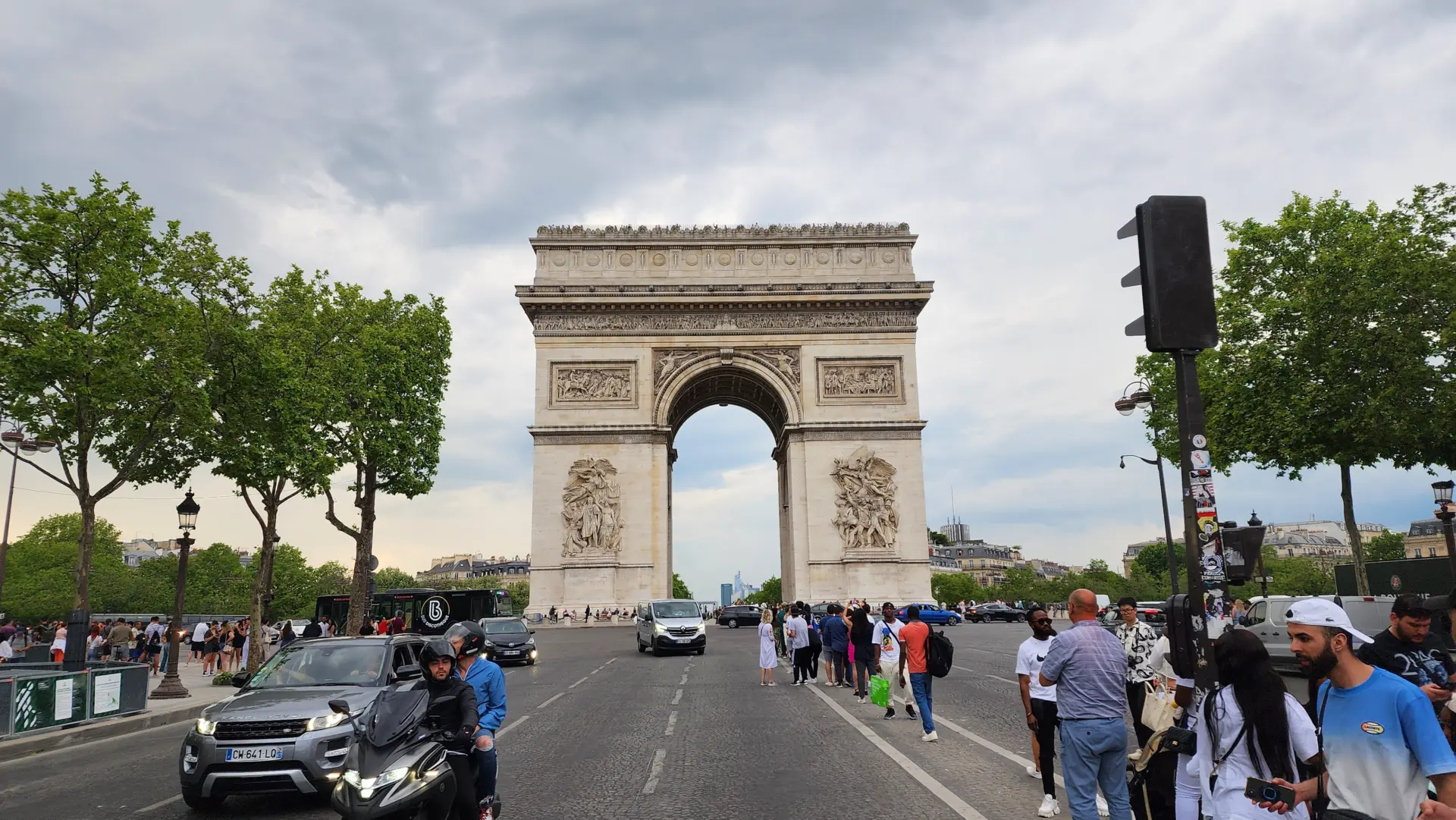
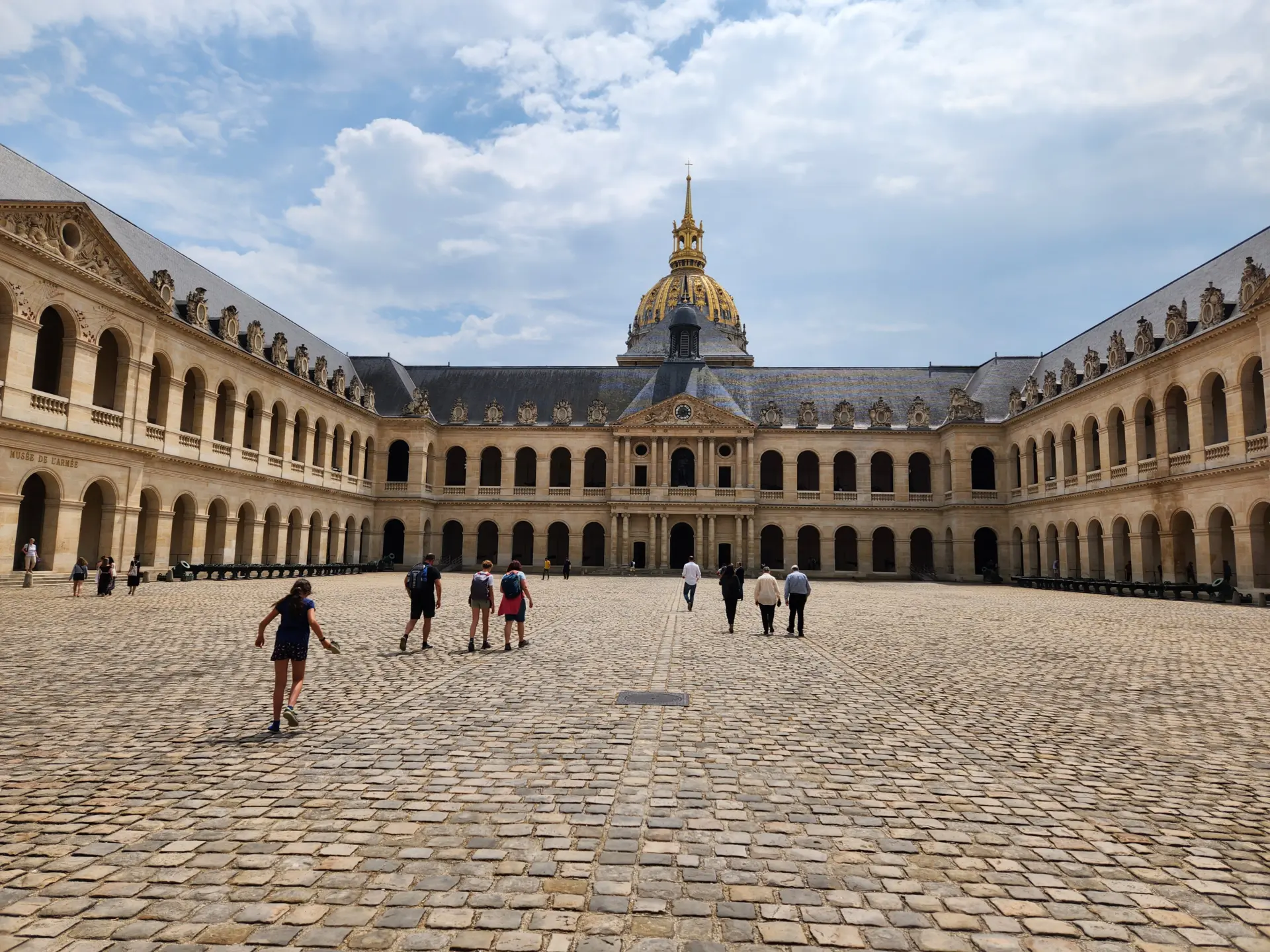
Practical Tips for Exploring Revolutionary Paris
- Guided Tours: Many walking tours focus on the French Revolution, offering insights and stories you might miss on your own.
- Museums and Monuments: Be sure to visit the Musée de la Révolution Française for an in-depth look at revolutionary artifacts.
- Best Time to Visit: Early mornings or late afternoons for quieter exploration, especially at popular sites like Place de la Concorde.
A Resource I Love: French Moments
While exploring and writing about the French Revolution, I also want to highlight a wonderful travel blog that I admire: French Moments. Created by Pierre Guernier, this blog is an incredible resource for anyone passionate about France. From Parisian landmarks to hidden gems across the country, French Moments covers history, culture, architecture, gastronomy, and traditions with stunning photography and engaging storytelling.
What I especially love is how Pierre combines knowledge with inspiration, his posts don’t just share information, they spark curiosity and encourage you to explore deeper. Whether you’re planning a trip to France, brushing up on history, or just daydreaming about your next adventure, French Moments is full of ideas and insights. It’s a blog I happily recommend to my readers as a trusted companion for French travel and culture.
Final Thoughts
The French Revolution was a time of immense change, and exploring its history brings a deeper understanding of the city and its people. Walking through Paris, you’ll find remnants of the past around every corner, from the grand squares to the quiet corridors of former prisons. For me, retracing the steps of revolutionaries was both enlightening and humbling—a reminder of the city’s resilience and spirit.
Until next time, stay bubbly and keep exploring! ✨⚔️🏛️
Xoxo,
Bubbly 🎈

